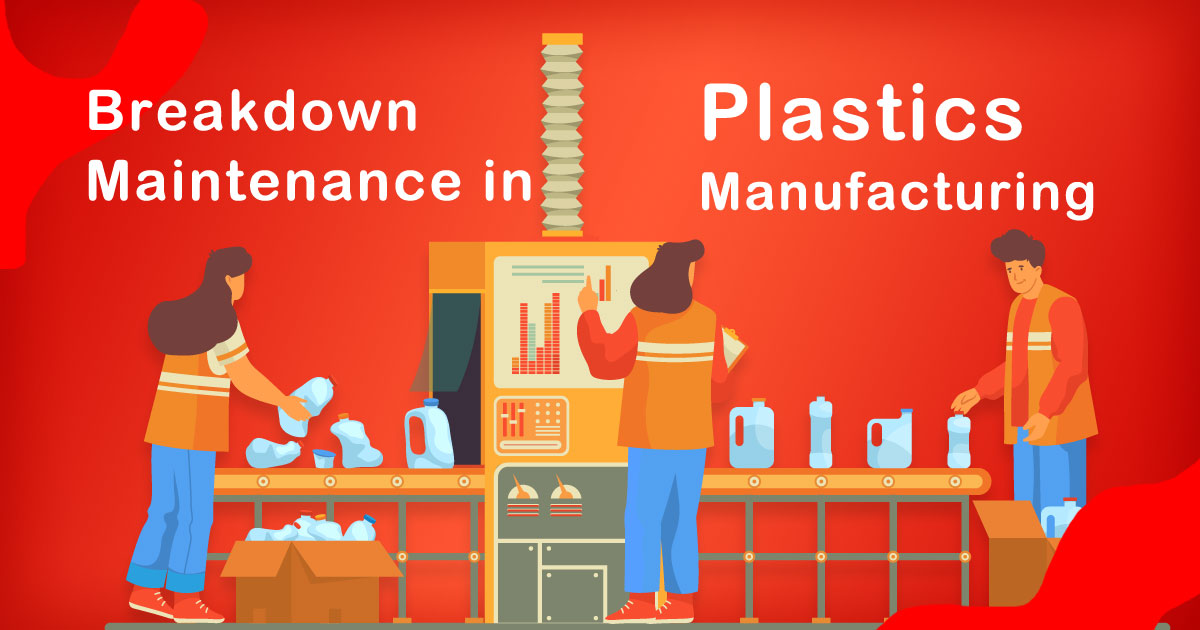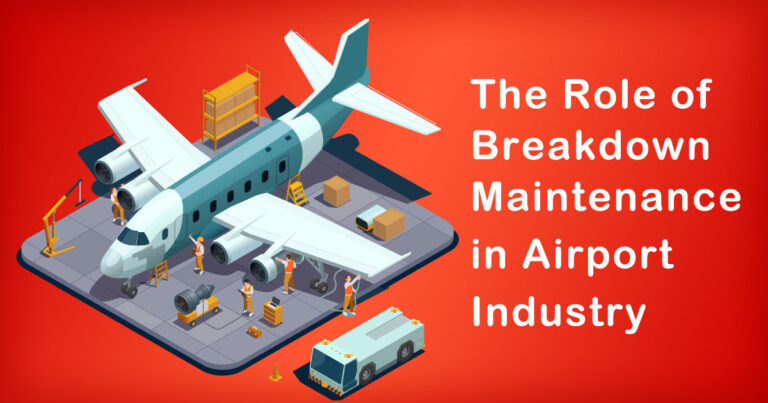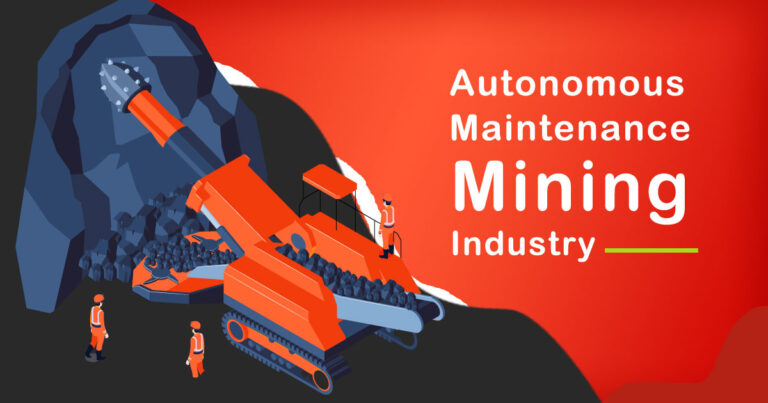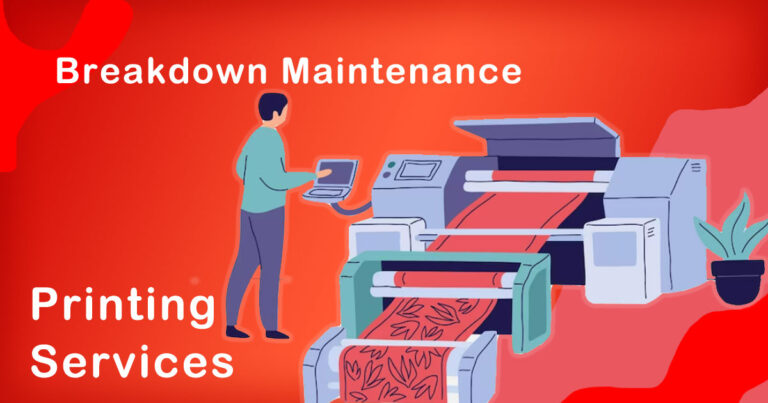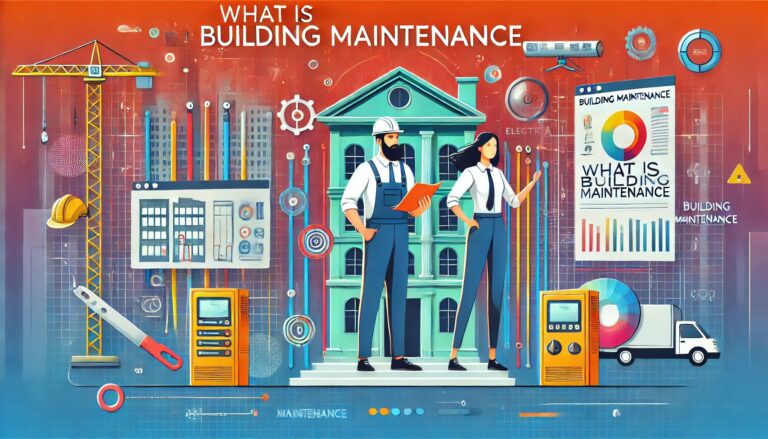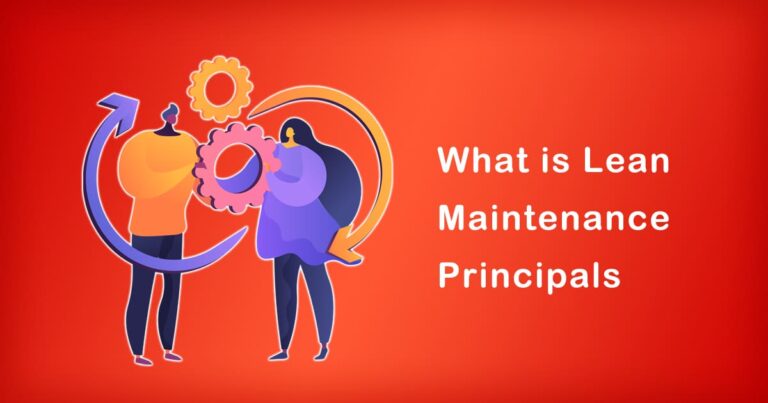Introduction
The plastics manufacturing industry plays a vital role in India’s economy, contributing significantly to employment and revenue generation. As the demand for plastic products continues to rise, manufacturers face the challenge of maintaining smooth operations and minimizing production downtime. Breakdown maintenance emerges as a critical factor in this context, ensuring the efficient functioning of equipment and reducing the impact of unexpected failures. In this article, we will explore the role of breakdown maintenance in the Indian plastics manufacturing industry, supported by research and facts.
The Significance of the Plastics Manufacturing Industry in India
The plastics manufacturing industry has witnessed remarkable growth in India, owing to factors such as increasing population, rising consumer spending power, and favorable government initiatives. According to a report by the Plastics Export Promotion Council (PLEXCONCIL), the Indian plastics industry is projected to reach a market value of USD 300 billion by 2025, further strengthening its contribution to the national GDP.
Understanding Breakdown Maintenance
Breakdown maintenance, also known as reactive or corrective maintenance, involves repairing or replacing faulty equipment after it has failed. While preventive maintenance focuses on regular inspections and servicing to prevent breakdowns, breakdown maintenance addresses unplanned failures that can disrupt production schedules and lead to financial losses.
The Impact of Breakdowns in Plastics Manufacturing
Downtime Costs:
The cost of production downtime due to equipment breakdowns can be substantial. According to a survey conducted by Plant Services Magazine, unplanned downtime can cost manufacturers an average of $260,000 per hour. This includes direct costs, such as lost production and labor, as well as indirect costs associated with missed delivery deadlines and dissatisfied customers.
Production Delays:
Equipment breakdowns disrupt the manufacturing process, leading to delays in meeting production targets. These delays can result in inventory shortages, order backlogs, and compromised customer relationships.
Safety Risks:
Malfunctioning equipment can pose safety hazards to workers, leading to injuries and accidents. This not only impacts employee well-being but also invites legal liabilities and regulatory non-compliance issues.
Role of Breakdown Maintenance
Breakdown maintenance plays a pivotal role in minimizing the impact of unexpected equipment failures in the plastics manufacturing industry. Here are key aspects highlighting its significance:
Rapid Response:
Breakdown maintenance emphasizes prompt response to equipment failures. Maintenance teams are trained to diagnose and resolve issues efficiently, reducing the downtime associated with breakdowns. Quick intervention helps restore normal operations swiftly, preventing production bottlenecks.
Cost Optimization:
While breakdown maintenance is often perceived as costly due to unplanned repairs, it can be a strategic approach when used in conjunction with other maintenance strategies. By analyzing breakdown patterns and root causes, manufacturers can identify recurring issues and invest in preventive maintenance measures for long-term cost optimization.
Equipment Performance Monitoring:
Breakdown maintenance provides an opportunity to closely monitor the performance of critical equipment. Analyzing failure patterns and conducting root cause analysis enables manufacturers to identify areas for improvement, implement necessary modifications, and enhance overall equipment effectiveness.
Employee Training and Skill Development:
Effective breakdown maintenance requires skilled technicians who can quickly diagnose and rectify equipment failures. Investing in employee training and skill development programs ensures a capable workforce that can respond effectively to breakdown situations, reducing downtime and enhancing productivity.
Implementing Breakdown Maintenance Best Practices
To maximize the benefits of breakdown maintenance, the following best practices should be considered:
Comprehensive Asset Management:
Implementing an efficient asset management system enables manufacturers to track equipment performance, schedule inspections, and prioritize maintenance tasks effectively. This helps identify potential breakdown risks and plan preventive maintenance activities accordingly.
Root Cause Analysis:
Conducting detailed root cause analysis after each breakdown provides valuable insights into recurring issues and enables manufacturers to address underlying problems. This approach helps in improving equipment reliability and reducing the frequency of breakdowns.
Spare Parts Inventory:
Maintaining an optimized inventory of critical spare parts ensures that repairs can be carried out promptly. Regularly reviewing and updating the inventory helps avoid delays caused by unavailability of necessary components.
Continuous Improvement:
Breakdown maintenance should not be seen as a reactive measure alone. Manufacturers should adopt a continuous improvement mindset, fostering a culture of proactive maintenance and implementing preventive measures to minimize breakdown occurrences.
Conclusion
In the Indian plastics manufacturing industry, breakdown maintenance plays a crucial role in ensuring uninterrupted production and minimizing the financial impact of equipment failures. By responding rapidly to breakdowns, optimizing costs, monitoring equipment performance, and investing in employee training, manufacturers can effectively manage unplanned downtime and enhance overall operational efficiency. Implementing best practices and embracing a proactive maintenance approach can significantly contribute to the growth and sustainability of the plastics manufacturing industry in India.


